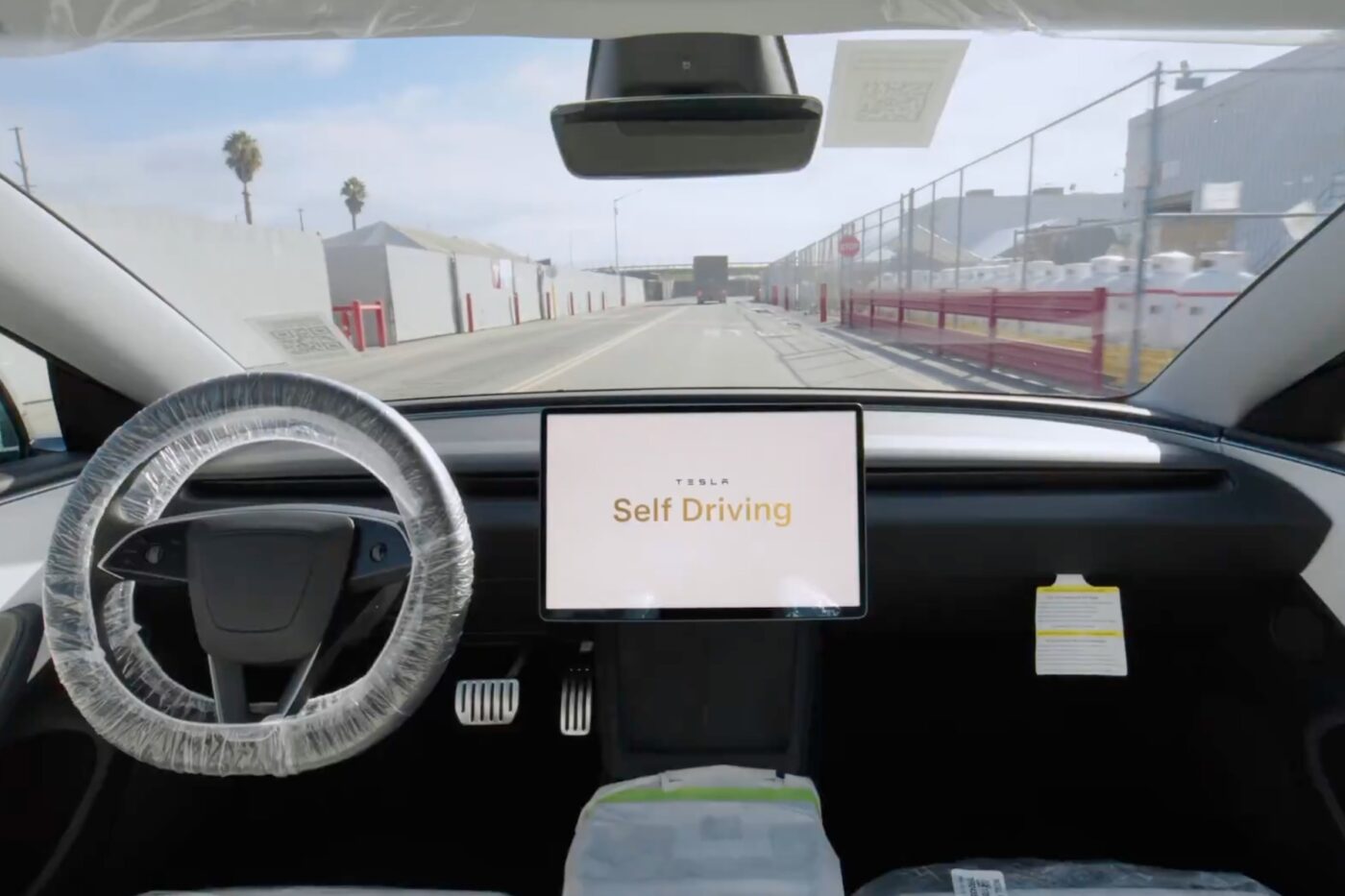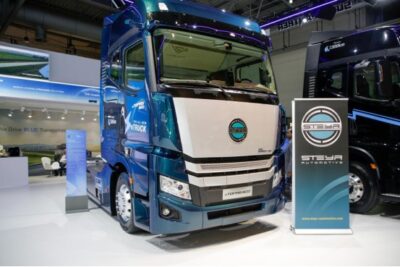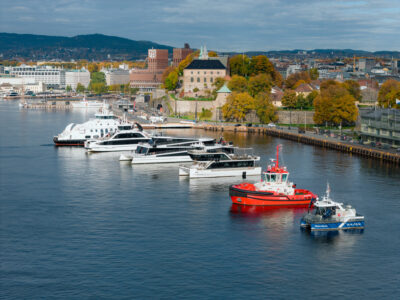Tesla could launch robotaxi service in Texas in June
The latest quarterly and annual financial results have shown that the days of continuous growth at Tesla are over. The US electric car company must present compelling visions to convince investors. And that is what CEO Elon Musk attempted during an earnings call with investors and the media. One of his most important messages: Robotaxis are ready to hit the road.
As early as June, Tesla plans to offer a ride-hailing service with self-driving cars, also known as Robotaxis, in the city of Austin, near the Tesla Gigafactory. Musk emphasised that the service would be “unsupervised,” meaning there will be no safety driver behind the wheel. It will be a test before rolling out the service to other cities, and even potentially globally by the end of next year. However, that is easier said than done, as every country (and some states) has a different legal framework for autonomous driving.
Announcement or set plans?
Elon Musk has long been a world champion of announcements when it comes to autonomous driving. In 2018, he announced that a Tesla would drive driverless from one US coast to another. However, that has still not happened, and the advanced version of Tesla’s autopilot system, known as Full Self-Driving (FSD), still requires human supervision, which in Tesla jargon is known as FSD Supervised. Musk also promised a long time ago that Tesla customers could add their own vehicles to a Tesla ride-hailing network and earn money that way.
Back to the plans for Austin: “We just want to put a toe in the water, make sure everything’s okay, put a few more toes in the water, with safety of the general public and those in the car as a top priority,” Musk said. Supposing Tesla’s Robotaxi system does launch in Austin in June; It will likely use conventional Tesla models with a steering wheel and accelerator pedal for now but without a driver. However, the vehicles deployed in Austin will not belong to customers. They will be part of a fleet owned by Tesla.
So, is it just an empty promise? The Verge believes it could happen since “the timeline of Musk’s promise has been shortened significantly.” Musk seems to know his credibility is not the best, emphasising that “this is not some far off, mythical situation. It’s literally, you know, five, six months away.”
At the same time, Tesla announced its steering wheel-less Cybercab for 2026. A video published by Tesla this week is supposed to demonstrate that the current Tesla EVs can also manage without a safety driver. It shows dozens of Model 3 and Model Y vehicles driving without human intervention across the grounds of the Tesla factory in Fremont, California, from the production line to a car park. According to the carmaker, the distance travelled should be around two kilometres. This process will soon also be available in Giga Texas.
Incidentally, BMW has already been trialling a solution called ‘Automated Driving In-Plant’ (AFW) at its plant in Dingolfing, Germany, since 2022 and is now using it there in series production. AFW is also already in place at the BMW plant in Leipzig, followed by the Regensburg and Oxford plants in 2025. The new plant in Debrecen, Hungary, where BMW will build its Neue Klasse cars, will use this technology from the start of series production. However, the system is not directly comparable to Tesla’s FSD; instead, the vehicles can only drive along a specific route with permanently installed sensors at the plant, and a LIDAR infrastructure, an externally generated environment model and an external movement planner are also used. Regardless of the vehicle equipment, this controls the automated movements of the vehicles and utilises state-of-the-art cloud architecture. Some of the technology comes from the Swiss startup Embotech.
Full Self-Driving (FSD) in Europe will still take some time
In addition to the announcement of the Robotaxi service and the information on autonomous driving in Tesla factories, there was also an update on Full Self-Driving (FSD). Unlike in the video in the Tesla factory, it is currently only permitted on public roads in the US as a supervised variant with a safety driver on board and not at all in Europe. Supervised means that the driver must continue to pay attention to the road while the car is driving automatically.
In the conference call, Musk said that he is “confident” that Tesla will introduce the unsupervised version of FSD in California and other parts of the US before the end of the year.
However, he also had some bad news in store: Tesla will have to replace the hardware in older vehicles to enable fully autonomous driving. In the conference call, Tesla’s head of FSD, Ashok Elluswamy, initially said they “are not giving up on” making HW3 computers in the vehicles fit for FSD Unsupervised. Musk corrected him, saying, “The truth is that we will need to replace all HW3 computers in vehicles where FSD was purchased.” He said that Tesla would replace them for free, but he specified that this would only apply to people who bought the Full Self-Driving package, which costs up to $15,000. Tesla will have to develop a new computer to retrofit vehicles with HW3 computers, as the current HW4 computer does not fit in cars with HW3.
However, the supervised version of FSD with safety drivers in Europe and China is taking longer than expected. When it came to the timetable for Europe, Musk criticised the fact that there were too many rules. Tesla wants to present a new proposal for FSD in Europe in May, but it could take another year before authorisation is granted. Most recently, Tesla had held out the prospect of FSD in Europe for the first quarter of 2025, but also said that this would require regulatory approval.
With regard to China, he complained that the government there prohibits the evaluation of local videos in the US, while the US government does not want FSD to be trained directly in China. So, for now, Tesla is using internet videos showing street scenes in China. Accordingly, introducing FSD in China will likely take a long time, even though Tesla has a local factory in Shanghai.





0 Comments